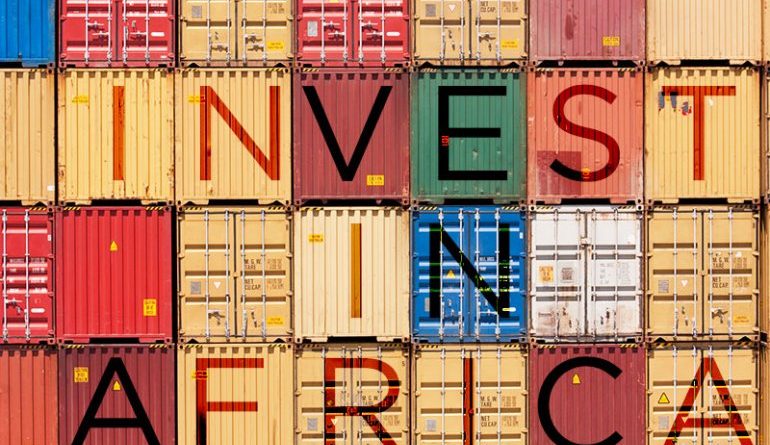KPMG Global Economic Outlook indicates that South Africa is in need of a growth mandate
Chief Economists from KPMG firms in a variety of countries globally released their Global Economic Outlook paper this week which provides detailed insights into the global obstacles and opportunities. Surprisingly, while the pandemic may not be over, the major economies are shifting their mindset and focusing increasingly on the potential risks and rewards of a more sustainable long-term recovery and route to sustainable growth.
Says Frank Blackmore, Lead Economist at KPMG South Africa; “If we look at South Africa in the global context, there is no doubt that we need to consider a growth mandate. If we look at the US, China and Japan for example, the economic outlook is positive – driven by consumer spending, industrial production and easing of supply chain disruptions, among other factors. Similarly, India – most closely aligned to South Africa – has seen a rapid increase in vaccine coverage, a related, benign monetary and financial conditions, and buoyant external demand which is pushing them towards more rapid economic recovery.”
“South Africa is in a largely different position having historically had the challenge of needing to focus on the long-term goal of economic growth and employment creation, while on the other hand, needing to also deliver a shorter-term goal of expanding the social wage/safety net for those that would have missed being absorbed into the economy,” continues Blackmore.
The short-term goal of expanding the social wage has generally dominated the government’s agenda with a rollout and subsequent expansion of a social grant program to the point where more people receive a social grant than are employed. “Such a strategy may work if economic growth is driving employment creation and the broadening of the tax base, but this has not been the case in South Africa, where the tax base has been reduced over time, resulting in increased pressure on the public sector balance sheet.”
The pursuit of long-term economic growth and employment creation has not received much attention and has generally fluctuated along with global markets and commodity cycles. And if we look at 2021, the expected lower growth would be the negative impact of the civil unrest experienced in two provinces in July, costing South Africa billions of Rand in damages and infrastructure losses that are likely to require an extended period of time to rebuild, if ever. Finally, the muted growth expectations, may also be caused by the shared international factors impacting domestic growth expectations including ongoing supply constraints and possible further economic restrictions at home or abroad brought about by the pandemic.
“The expected rate of economic growth in 2021 and 2022 would not be sufficient to tangibly reduce the high unemployment rate of 34.4% currently being experienced in the country. A national strategic growth mandate would need to be implemented along with the eradication or reduction of domestic barriers to growth and doing business to attain an economic growth rate that would make noticeable inroads into unemployment,” states Blackmore.
While South Africa continues to slowly re-open its economy and the number of vaccinated people grows, inflationary pressures for 2021 and 2022 remain cost-push in nature as aggregate demand still lags below its potential level. The main drivers of forecast consumer inflation are local energy prices, including both fuel and electricity prices, as well as food prices.
The increase in commodity prices, including oil, has meant rising imported fuel prices from the COVID-19 induced lows experienced in the first half of 2020. Energy supply and in particular electricity, remains an ongoing concern for South Africa. In addition, the remaining fleet of power stations are old with maintenance frequently required and costly to undertake. To fund this, the state-run power provider regularly requires additional tariff increases that underpin the increasing energy prices. Constrained aggregate demand combined with a general appreciation of the local currency on the back of commodity price increases and attractive domestic bond yields has nevertheless meant that the inflation rate is expected to remain contained within the central banks’ target range of 3% to 6% over the forecast period 2021 and 2022 – as indicated by yesterday’s Monetary Policy Committee (MPC) decision to increase the repo rate by 25 basis points.
“In a nutshell, in 2022, sustainable higher rates of long-term growth are expected to remain elusive with vaccine roll-out delays limiting the economy’s ability to reach full capacity and so there is no doubt that as a country, we need to start ‘working smarter’, ensuring we are driving core agenda’s to growth and creating room for opportunity where it matters most, if we hope to level up with global economies and truly see recovery in the year to come,” concludes Blackmore.




